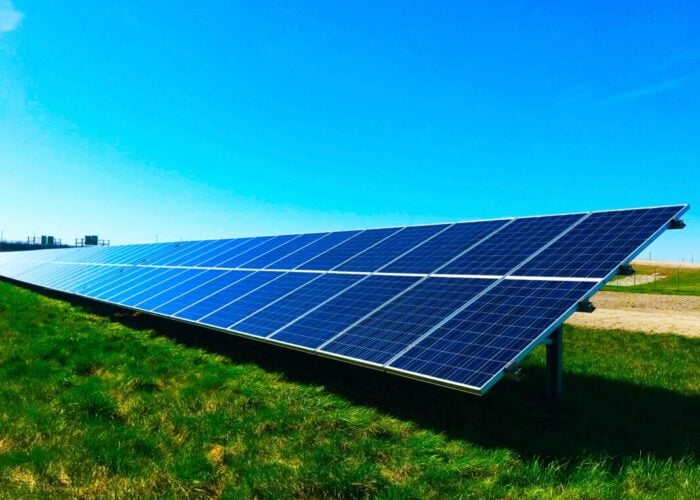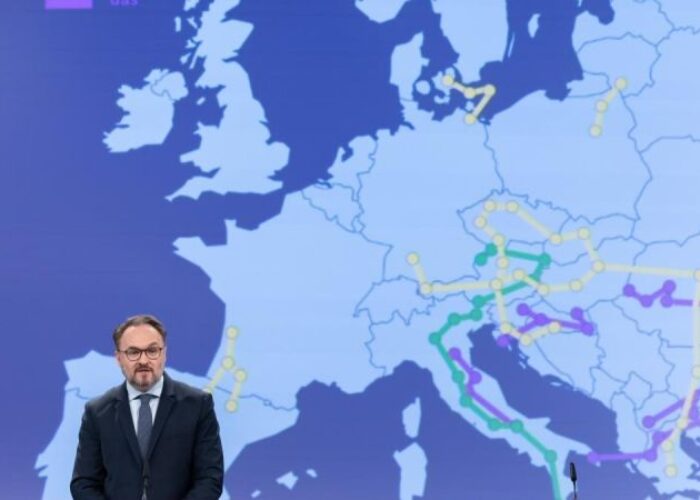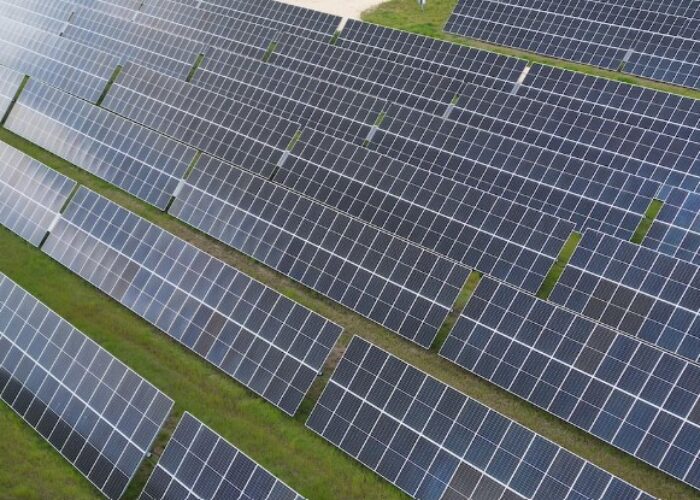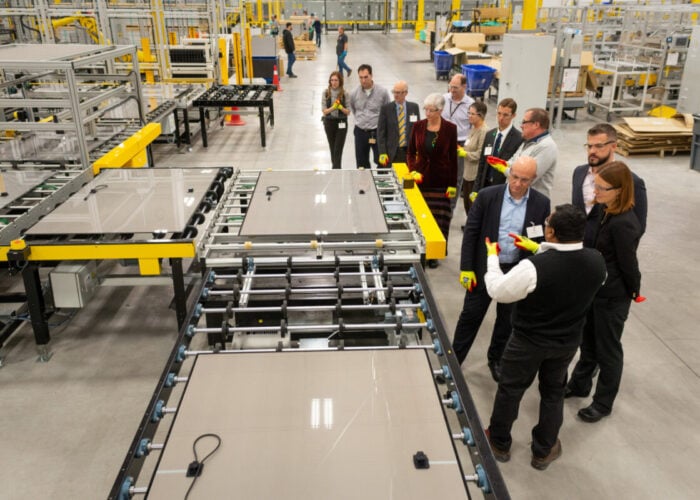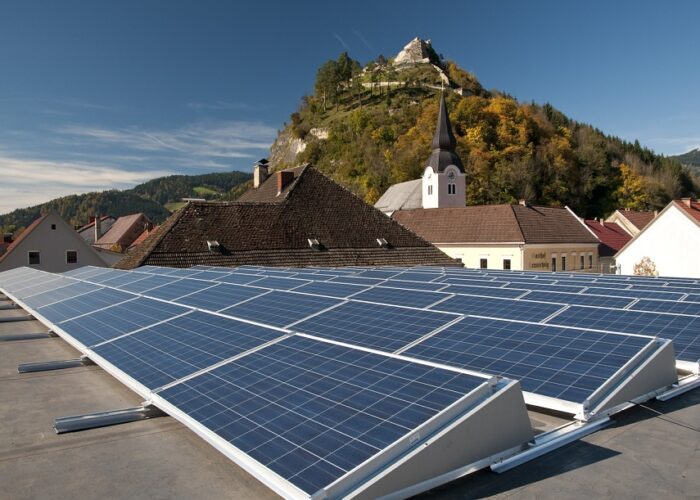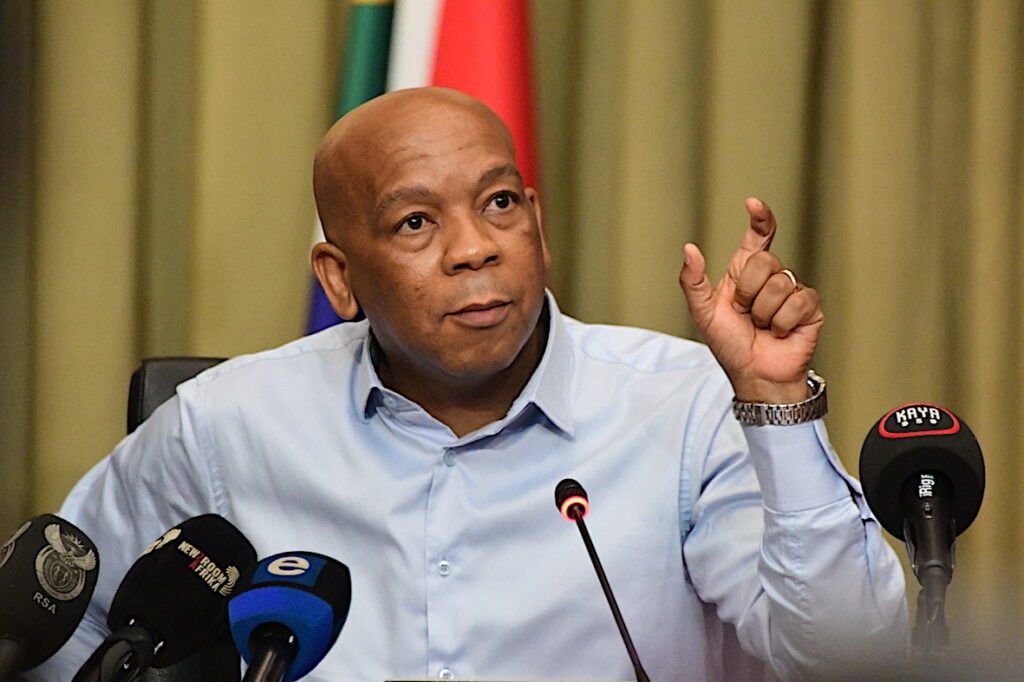
South Africa plans to add 28.7GW of new solar PV generation capacity by 2039, en route to generating more than half of its domestic electricity with renewable sources by 2042.
This is according to the country’s latest Integrated Resource Plan (IRP), released yesterday by Dr Kgosientsho Ramokgopa, the South African minister of electricity and energy. It is the first South African IRP to not include the addition of any new coal generation capacity, and forecasts new renewable power additions to both replace decommissioned coal plants, and increase the country’s total electricity generation to meet growing electricity demand.
Try Premium for just $1
- Full premium access for the first month at only $1
- Converts to an annual rate after 30 days unless cancelled
- Cancel anytime during the trial period
Premium Benefits
- Expert industry analysis and interviews
- Digital access to PV Tech Power journal
- Exclusive event discounts
Or get the full Premium subscription right away
Or continue reading this article for free
The graph below shows the new capacity targets for each technology in two periods, from 2026-30 and 2031-42. While solar PV capacity additions are expected to almost double between these periods, from 10.3GW to 18.4GW, the most dramatic change is likely to be in the wind sector, as the government aims to add 35.7GW of new capacity in the decade to 2042, almost five times the capacity added between 2026-30.
“Primarily, the IRP ensures security of electricity supply necessary by balancing supply with demand, while optimising the environmental impact and total cost of supply,” reads Ramokgopa’s presentation, suggesting that ensuring energy security is a priority for South Africa, which has endured frequent blackouts amid vulnerabilities in its grid.
While the sixth round of the Renewable Energy Independent Power Producer Programme (REIPPP) saw the award of 860MW of solar capacity, this fell well short of the targeted award of 4.2GW, due to a perceived lack of grid capacity; none of the 3.2GW of wind capacity that sought approvals received awards due to grid constraints.
However, battery energy storage system (BESS) deployments are likely to grow at a slower rate than solar and wind, with 3.7GW of new capacity additions forecast between 2026-30 and 5.8GW forecast between 2031-42. This suggests batteries will not be a key component of reinforcing grid stability.
Solar PV and wind to lead electricity generation
Indeed, storage capacity will account for just over 8% of the South African energy mix by 2042, as shown in the graph below. The forecasted investments in solar PV and wind, and a lack of support for new coal projects, will help dramatically shift South Africa’s energy mix towards renewables, with solar PV, wind and hydropower set to account for more than half of the total electricity generation.
The latest presentation calculates that South Africa will add around 5GW of new renewable energy capacity each year until 2042, and these capacity additions are in line with the targets set out earlier this year by the South African Renewable Energy Master Plan (SAREM), an initiative to install between 3-5GW of new renewable energy capacity each year until the end of the decade to accelerate the country’s renewable energy transition.
Ramokgopa also proposed a “mega bid window”, which will fast-track “industrialisation, localisation and job creation” across the energy infrastructure value chain, although he did not specify the scope of this programme, or how it would work alongside existing initiatives such as the REIPPP.
However, fossil fuel projects will remain a component of the South African energy mix, with the minister’s plans aiming for coal to account for 11% of domestic electricity generation by 2042. This is in addition to the planned development of a “clean coal technologies demonstration plant” by the end of this decade, to assess the viability of developing ways of generating electricity from burning coal beyond the traditional flue gas desulphurisation process, suggesting that South Africa’s energy mix will be more of a combination of several sources of power, rather than a commitment to either renewables or fossil fuels.
“South Africa continues to pursue a diversified energy mix that will provide security of supply while ensuring compliance with its emission reduction plan,” reads Ramokgopa’s presentation, highlighting that the focus of the IRP is on delivering energy security, rather than investing in a particular technology.

